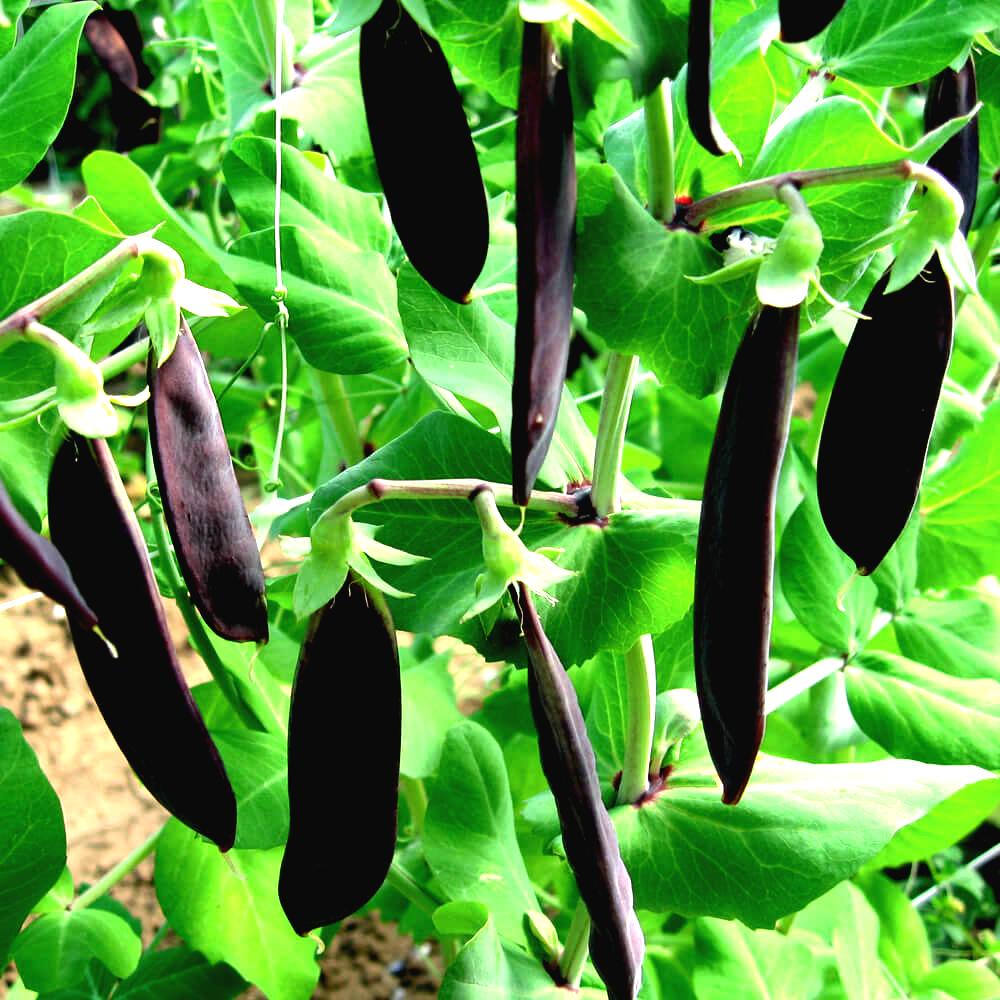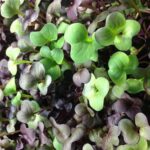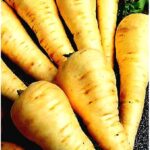Pea, Mangetout- Shiraz
€2.95
Description
Pea, Mangetout- Shiraz. The attractive bicoloured flowers of Pea Mangetout – Shiraz form stunning flat, purple pods that are best harvested young and eaten raw, steamed or added to stir fries. The purple pods are rich in healthy anthocyanin (antioxidant) pigment, although the colour will fade to dark green when pods are steamed or boiled. With powdery mildew resistance and good tolerance to downy mildew.
Sowing:
April to June.
Sow directly outside in a well prepared seed bed in trenches 5cm deep and 15cm wide. Then, space the seeds evenly in the trench about 3-5cm apart.
A single row per bed will facilitate harvesting.
Provide an adequate climbing support (fence of pea sticks)
Approx. seed count: 75
Growing Pea, Mangetout- Shiraz
Peas are members of the legume family and help fix atmospheric nitrogen with the help of soil-living Rhizobium bacteria. These bacteria work in symbiosis with the nodules of pea roots. Because the nodules provide and shelter and food for the bacteria, they in return supply the plants with nitrogen. The follow on-crop will benefit from this nitrogen fixation. Other members of the legume family include all beans, clovers, vetch, lupins, gorse and broom. Pea, Mangetout- Shiraz is a unique variety.
Family:
Leguminosae
Related to:
Runner beans, French beans, broad beans and clovers.
Botanical classification:
Pisum is the classical Latin name for pea.
Introduction:
If you try to get your children interested in vegetable growing, this is the crop to grow because they are so easy to sow and grow. Also, children love to eat them raw. However, on the negative side they need a fair amount of attention in regards to training, are prone to pests and diseases, and produce only a relatively small yield for the space they occupy. But all this is worth it for the flavour of a freshly picked garden pea.
History:
The earliest record of peas date from 7,000 BC in the Mediterranean region. The fresh garden peas only became popular in the 17th century.
Soil and site:
Peas require a sunny and sheltered site. They grow best on a fertile and free draining soil so good drainage is very important for early crops too as the seeds would rot in cold and wet soils.
Spacing:
Between plants: 5cm
Between rows: 70cm (if you have a double row)
Rotation:
Peas are in the legume family and therefore should be rotated along with them.
Plant care:
Dwarf peas need little climbing support because if they are grown in closely spaced double rows they may hold each other up together. In addition any stragglers could be helped with a short branch.
The tall pea varieties need to be trained up adequately. This can be done with sticks, chicken or sheep fence, or bamboo canes.
Peas, however, find it difficult to climb up bamboo canes, so you should use twigs in between the canes.
Most importantly check the height of the variety you grow and erect a high enough frame for the peas.
Harvesting:
Harvest peas from July until September. Therefore, pods should be picked regularly (once or twice a week), so they are still tender. If you do not harvest regularly and allow the plants to ripen the seeds, they will soon stop flowering. So even if you are completely fed up with them they should still be picked if you want your crop to continue.
Storing:
Eat peas when they are fresh. In addition, if you have too many, you can blanch and freeze them for the winter months.
Potential Problems:
Mice can be a big problem, especially when they find the newly planted delicious seeds.
The main disease is powdery mildew. The leaves and pods develop a sticky grey-white substance. Peas will probably always develop this disease in the late summer but with good cultural practices (rotation, good healthy fertile soil, healthy seeds, resistant varieties) these problems can be overcome.
How much to grow?
A 4m bed of peas will yield about 4 to 6 kg of peas.
For more information have a look at my monthly newsletters on:
https://greenvegetableseeds.com/newsletters/
Have a look at the Irish Garden magazine:




